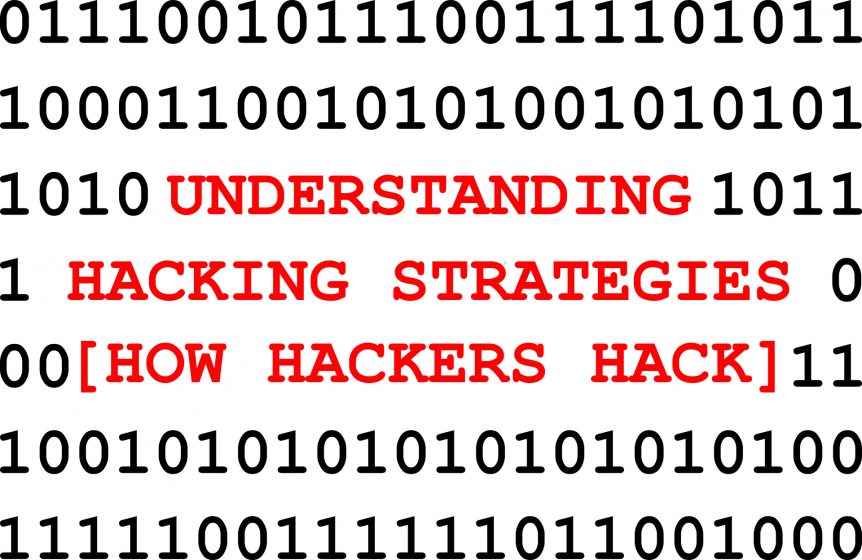The techniques employed by hackers are constantly evolving and so are their tools. Data theft is the end goal for numerous attacks, with hackers seeking predominantly personal data, credentials, and credit card information. In order to steal this data, hackers compromise online platforms such as bookings sites, social media sites and e-commerce websites. It is estimated that in 2019 so far, 2.7 billion records containing personal data was posted online for sale.
In a previous post, we have detailed why hackers hack; in this post we discuss the most popular techniques used by hackers – that is, how they hack – that you can use, once you understand how they operate, to adequately protect yourself and your organization from these attacks.
1. Malware (49%)
What is it? Malware, or “malicious software,” is an umbrella term used to describe malicious programs or codes that are specifically engineered to harm computer systems.
How do hackers use it? Hackers use malware to steal data directly from victims’ computers using spyware, remote administration malware, brute forced passwords, planting malware on victims’ devices via infected websites and transmitting malicious attachments or links by email.
2. Social engineering
What is it? Social engineering deceives and manipulates individuals to unknowingly disclose confidential information or personal data, which hackers use for fraudulent purposes.
How do hackers use it? Cybercriminals manipulate users into believing that a certain message, link, or attachment originate from a trusted source. When a user clicks on the link or open the attachment, his or her system is infected with malware often accompanied by money or confidential information being stolen.
3. Hacking
What is it? Hacking entails exploiting vulnerabilities in both software and hardware and is often the first step in a cyber-attack.
How do hackers use it? Hackers gain unauthorized access to data, networks, or computers, which they use to steal your money, make unauthorized purchases, and sell your personal information or your organization’s confidential data to third parties.
4. Credential compromise
What is it? Password managers (such as Google password manager) used to store and keep track of online passwords are also vulnerable to cyber-attacks.
How do hackers use it? Often these password managers contain the credentials to, for example, your internet banking which in turn contains your credit card details, your social security number, etc. Once hackers have access to your password manager, they are in a position to perform unauthorized transactions, steal your money and harvest personal and/or confidential information from your online accounts.
5. DDos (Distributed Denial of Service)
What is it? Norton describes a DDoS attack aptly as “a malicious attempt target[ing] websites and online services. The aim is to overwhelm them with more traffic than the server or network can accommodate. The goal is to render the website or service inoperable”.
How do hackers use it? DDoS is considered the “weapon” of choice for corporate espionage, disgruntled clients, and hacktivists. These attacks are usually aimed at government institutions and political gain is a major driver of this form of attack. But, it is as often used in for-profit-attacks in the form of ransomware.
These very real threats can cause tremendous damage to individuals and organizations. There are steps you can take to protect your data from ransomware and to ensure you do not fall prey to cyber-attacks.
Contact us today for robust, multi-layered security products to combat next-gen malware, ransomware and other enterprise threats.



